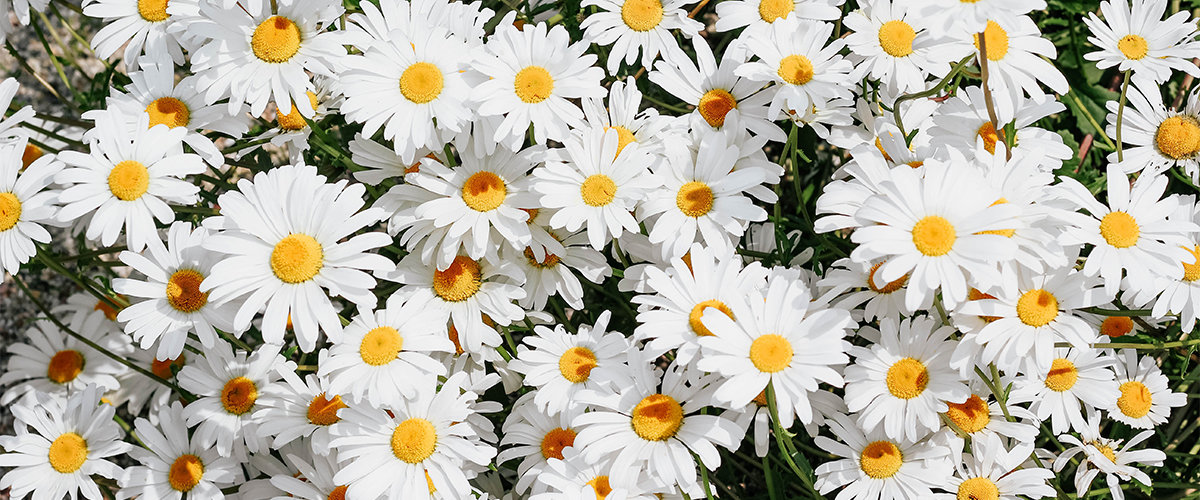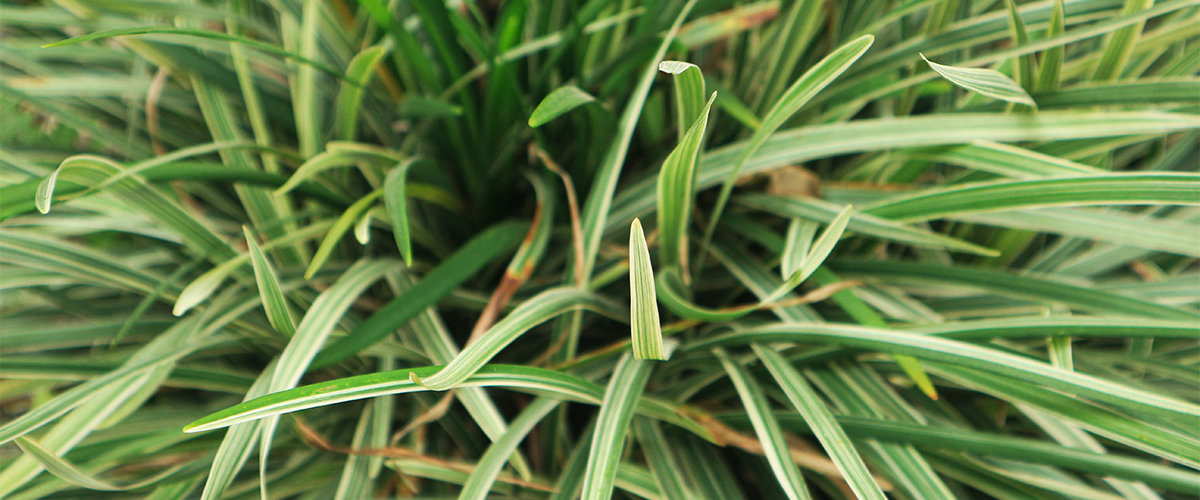
We collect basic website visitor information on this website and store it in cookies. We also utilize Google Analytics to track page view information to assist us in improving our website.
Spring Season starting to book up. Promotions Available for Winter.

No one wants to waste time doing back-breaking work in their backyard, so why not make the upkeep of your outdoor space as easy as possible? You can still have a beautiful garden without any unnecessary fuss.
Read the tips below to make landscaping as simple and manageable as possible.
Clover lawns are becoming a popular alternative to grass lawns, and for good reason.
Clover has several advantages over traditional grass. They’re drought tolerant, insect resistant, do not need to be mowed often, and compete well with weeds. If you mix clover seeds with other lawn grasses, clover will also supply nitrogen and improve the overall health of the grass, meaning there will be less of a need for supplemental fertilizers.
Rock gardens are a wonderful option if you want to reduce the amount of time you spend watering since they typically include drought-tolerant plants that don’t require too much care.
The rocks stand as their own decorative element that doesn’t require any additional maintenance and adds natural visual appeal.
Before you scoff at the idea of installing artificial grass in your space, just know that it’s come a long way from astroturf.
Synthetic grass today is made from nylon or polymer, comes in a variety of different colours and lengths, and most importantly, looks and feels more like the real thing. Faux lawns are fuss-free and you can even plant trees in them.
If watering falls low on your list of gardening priorities, then succulents might be the answer for you.
They come in countless varieties, shapes, and colours, and work well with others, making it easy to mix them up. Drainage is essential for succulents, so make sure they have the right soil in order to thrive.
Catching rain in a well-designed barrel is a smart way to water your garden during dry weather.
Additionally, there are ways to redirect the rain so that you can curb puddling and save time watering.
To save on the investment and the ecological harm of pesticides, try relying on local predators to take care of annoying backyard pests.
Attract birds like owls, woodpeckers, cardinals, and bluebirds by offering them water and shelter in the form of nesting boxes or dense shrubs. Alternatively, consider introducing ladybugs or other beneficial insects that will eat pesky destructive critters like aphids.
Hardscaping incorporates all of the non-living elements involved with landscaping.
Think of things like concrete, brick patios, wooden fences, stone walls, and gravel beds. Although hardscaping isn’t zero maintenance, it’s far less effort than gardens filled with primarily living elements.
Mulch is a gardener’s best friend.
Applying mulch can reduce watering needs, suppresses weeds, and enriches soil as it decomposes. As well, it can protect plants over the winter months.
The beauty of perennials is that they come back year after year, unlike annuals which need to be re-planted after each growing season.

Opt for flowers that don’t require a lot of extra care and will be forgiving for potentially forgetful gardeners.
Examples of non-fussy flowers that are hard to kill include peonies, sunflowers, cosmos, and black-eyed Susans, to name a few. You’ll be able to enjoy the vivid colours and the local pollinators will be able to enjoy them as well.
Container gardening boasts several gardening benefits and reduces plant maintenance.
There is a lot more control over soil types, sunlight and watering, and pests are less likely to attack planted containers than open garden beds. Additionally, you can move the containers inside during the winter months.
The simplest way to make your yard ready for winter: get rid of the fallen leaves.
Clearing the leaves off your lawn ensures they won’t rot out the grass over the winter months, leaving you with an unsightly landscape when the snow melts.
If softscaping seems like more of a chore than a joyful pastime, then consider adding outdoor living spaces into your backyard to keep your gardening and landscaping efforts low.
Sectioning off specific areas so that they’re designated for socializing and relaxing will make it easier to maintain if they’re low on natural elements that require upkeep.
If you invest in weed barriers for your landscaping beds, you’ll be saving yourself a lot of time later on by not having to deal with unsightly weeds and unwanted plants.
Choose fabric barriers that are permeable and allow water to run through.
When you’re looking for trees to add to your yard, be mindful of the varieties you choose.
Low maintenance options like evergreens and shade trees that don’t leave hickory hulls or invasive seedlings all over your lawn are always a safe bet.
Watering can be a tricky task to remember, especially if you’re not a highly experienced gardener.
Taking the steps to automate your watering system can be hugely helpful in ensuring you’re less likely to forget about it. If you already have an irrigation system, set the timer based on what’s appropriate for the season.
You can still automate this process if you don’t have an underground sprinkler system, you can purchase a timer that attaches to your hose.
Although it can be tempting when you’re in the initial stages of the landscaping process, don’t feel the need to overcrowd your outdoor space with too many elements.
Keep in mind that while filling your cart with an abundance of flowers and plants seems exciting at first, you have to put in the work to keep them alive and make sure they’re thriving.
Focus on your overall vision while keeping your expectations realistic. You can still have a beautiful backyard with a simple design, and your space will look so much better if it isn’t filled with a collection of neglected plants and dry grass.
If you want to create natural edging along your flower beds, borders, and walkways, consider planting some monkey grass.

These plants are hardy and can stand up well to weeds, common pests, dogs, and deer. Additionally, it grows well in a range of soils and different climates. These tough little plants can grow long, so trim them if you wish or let them flourish to their full potential.
To make gardening as easy as possible, choose plants that are native to your location.
You will save yourself a lot of effort and annoyance if you aren’t spending all of your spare time trying to tend to plants that aren’t designed to do well in the climate or soil where you live.
If you have a pooch, then it’s likely that they spend their time in the backyard with you.
This is an important factor to keep in mind when you’re planning out the design of your outdoor space. You don’t want to invest in a yard that will ultimately be ruined by your dog, so make sure you’re thinking of their needs and what’s realistic to maintain.
Avoid overly delicate and crowded furniture, tight walkways, plants that are toxic to dogs, and anything that you know would ultimately be more of a hassle to have around your pet.
And there you have it! Landscaping doesn’t need to be a fussy process in order to produce amazing results. You can still create a space you enjoy and want to spend time in, without the added maintenance and upkeep.
Apply some of these ideas to your backyard, and sit back and relax after a job well done.

